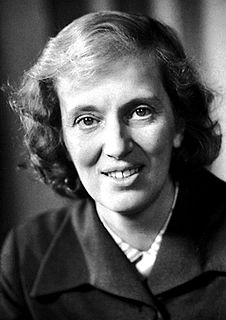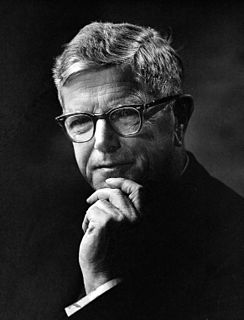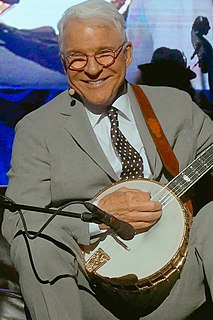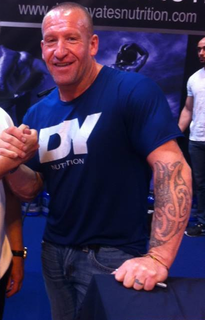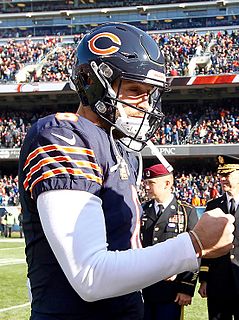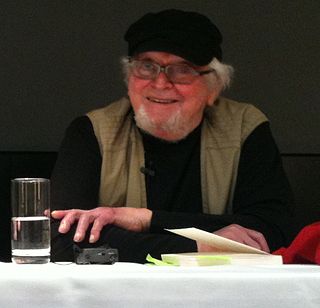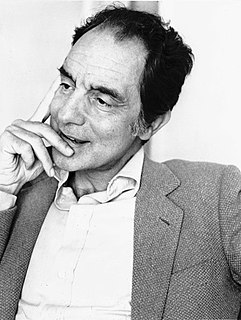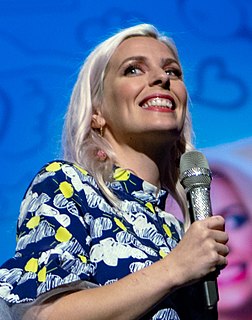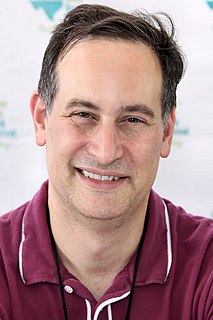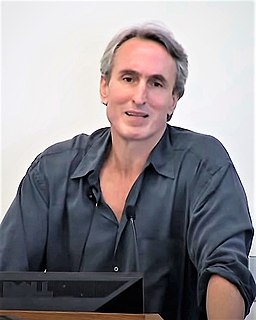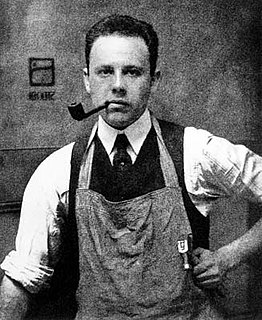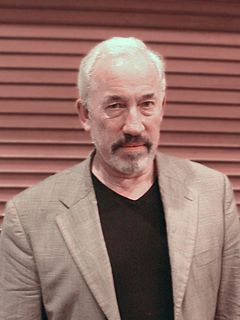A Quote by Dorothy Hodgkin
I used to say the evening that I developed the first x-ray photograph I took of insulin in 1935 was the most exciting moment of my life. But the Saturday afternoon in late July 1969, when we realized that the insulin electron density map was interpretable, runs that moment very close.
Related Quotes
Human insulin differs from other mammalian types by having a different C-terminal amino acid on the B chain. The immunological difference between beef insulin and human insulin, which is presumably responsible for the antigenicity of the former in some human beings, is thus limited to very a small portion of the whole molecule.
I used to smoke marijuana. But I'll tell you something: I would only smoke it in the late evening. Oh, occasionally the early evening, but usually the late evening - or the mid-evening. Just the early evening, midevening and late evening. Occasionally, early afternoon, early mid-afternoon, or perhaps the late-midafternoon. Oh, sometimes the early-mid-late-early morning. . . But never at dusk!
Too-lateness, I realized, has nothing to do with age. It’s a relation of self to the moment. Or not, depending on the person and the moment. Perhaps there even comes a time when it’s no longer too late for anything. Perhaps, even, most times are too early for most things, and most of life has to go by before it’s time for almost anything and too late for almost nothing. Nothing to lose, the present moment to gain, the integration with long-delayed Now.
The minute you start saying something, 'Ah, how beautiful! We must photograph it!' you are already close to view of the person who thinks that everything that is not photographed is lost, as if it had never existed, and that therefore, in order really to live, you must photograph as much as you can, and to photograph as much as you can you must either live in the most photographable way possible, or else consider photographable every moment of your life. The first course leads to stupidity; the second to madness.
Even though fructose has no immediate effect on blood sugar and insulin, over time -maybe a few years-it is a likely cause of insulin resistance and thus the increased storage of calories as fat. The needle on our fuel-partitioning gauge will point toward fat storage, even if it didn't start out that way.
Cartier-Bresson has said that photography seizes a 'decisive moment', that's true except that it shouldn't be taken too narrowly...does my picture of a cobweb in the rain represent a decisive moment? The exposure time was probably three or four minutes. That's a pretty long moment. I would say the decisive moment in that case was the moment in which I saw this thing and decided I wanted to photograph it.
The more you put in your body, the more you have to regulate it with insulin. So later kickoffs, you're talking about breakfast, lunch and a pregame meal, so that's more food you've got to be aware of and what you put in your body. A noon game, light breakfast, a little fruit and some insulin, and I'm good to go.
